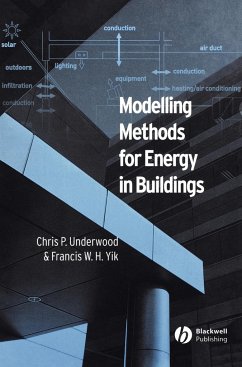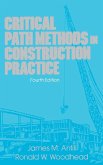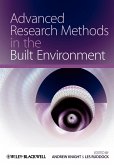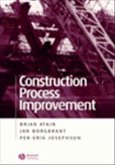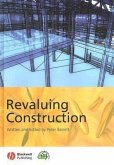Buildings consume between 40% and 60% of all energy use in most developed economies - and an increasing proportion in developing and emerging ones. Climate change mitigation and sustainable practices are now at the top of political and technical agendas worldwide. There is an urgent need for improved knowledge of the principles involved in the modeling of energy in buildings to both build confidence amongst designers and to offer a broad perspective of the potential of new technologies. Modelling Methods for Energy in Buildings reviews the various state-of-the-art methods for modeling energy exchange and fluid flow problems in buildings - whether they be the 'high tech' commercial buildings in the centre of our cities or the simpler and often naturally-ventilated buildings and residential habitats that surround them. By providing comprehensive guidance for those engaged in the physical science of energy in buildings - building physicists, architectural scientists, building and building services engineers, HVAC engineers and building technologists - the book will: * Offer the specialist knowledge, understanding and confidence needed for the applications of this developing field of modeling * Bridge the theory/practice gap and enable practitioners to understand what goes on behind commercial program codes * Provide procedures and 'recipes' for researchers, students and practitioners engaged in modeling.
Hinweis: Dieser Artikel kann nur an eine deutsche Lieferadresse ausgeliefert werden.
Hinweis: Dieser Artikel kann nur an eine deutsche Lieferadresse ausgeliefert werden.

